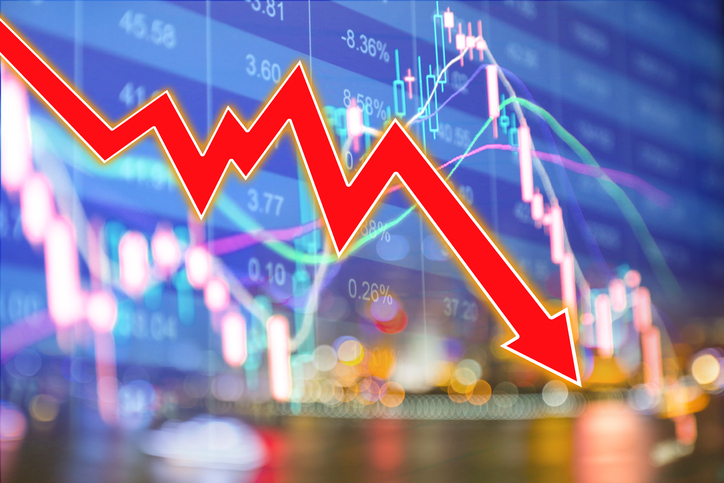Market snapshot: why it's another bad day for stocks
20th September 2021 08:13
by Richard Hunter from interactive investor
With stocks heading sharply lower, our head of markets explains the issues behind the selling.

Rattled investors are currently succumbing to risk aversion, as a series of concerns weighs on sentiment.
The persistence of the Delta variant, elevated inflation, supply chain blockages and raw material price increases are combing to form a toxic cocktail which is seeing optimism evaporate.
- Invest with ii: Top UK Shares | Share Prices Today | Open a Trading Account
At the same time, slowing growth generally has been highlighted by the current weakness in China, while in the US concerns around corporate tax hikes are weighing on the prospects for future profitability.
- FTSE for Friday: how big could the next fall be?
- The Week Ahead: interest rates, Kingfisher, Compass
- Alex Sebastian: supply chain troubles are hidden threat to your finances
- ii Top Ten: things you need to know about inflation and your money
With the third-quarter reporting season edging ever closer, it seems increasingly unlikely that companies will be able to match the strength displayed in the previous quarter.
With economic data in the US still painting a mixed picture, extra focus will be placed this week on a whole host of central bank meetings, with the Federal Reserve topping the bill.
Although the expectation remains that tapering of its stimulus programme will not begin until November or December, it is likely that the Federal Reserve will need to address its current thinking on the state of the nation by laying a firmer timeline for the scaling back of stimulus to assuage increasingly skittish investors.
The ramping up of risk aversion has top-sliced gains in the major indices, although the Dow Jones remains up by 13% in the year to date, the S&P500 18% and the Nasdaq 17%.
- Want to buy and sell international shares? It’s easy to do. Here’s how
- Anthony Scaramucci: The ii Family Money Show
The Bank of England will also be making an announcement later in the week as it ponders the possibility of inflation rising further to 4% this year due to higher energy prices, bottlenecks and some strong wage growth, even if it expects the pressure to ease over the early part of 2022. Such a backdrop may not be enough to convince policymakers that the time has come for tightening, although the prospect of a reduction in its bond buying programme remains an outside possibility.
In opening exchanges, the UK markets reflected the current wariness, propelled by further falls in the Hong Kong market, although without direction from the closed Japan and China indices. Even in its absence, China’s impact was felt on the FTSE100, with further weakness in mining stocks as well as companies with a higher exposure to the region, such as Prudential (LSE:PRU), Standard Chartered (LSE:STAN) and Burberry Group (LSE:BRBY).
The falls have further reduced gains for the year, with the FTSE100 now standing ahead by 6.8%. Even so, the relative resilience of the UK economy thus far has been a factor in shoring up the FTSE250, which remains up by a perfectly respectable 14.2% amid the turbulence.
These articles are provided for information purposes only. Occasionally, an opinion about whether to buy or sell a specific investment may be provided by third parties. The content is not intended to be a personal recommendation to buy or sell any financial instrument or product, or to adopt any investment strategy as it is not provided based on an assessment of your investing knowledge and experience, your financial situation or your investment objectives. The value of your investments, and the income derived from them, may go down as well as up. You may not get back all the money that you invest. The investments referred to in this article may not be suitable for all investors, and if in doubt, an investor should seek advice from a qualified investment adviser.
Full performance can be found on the company or index summary page on the interactive investor website. Simply click on the company's or index name highlighted in the article.